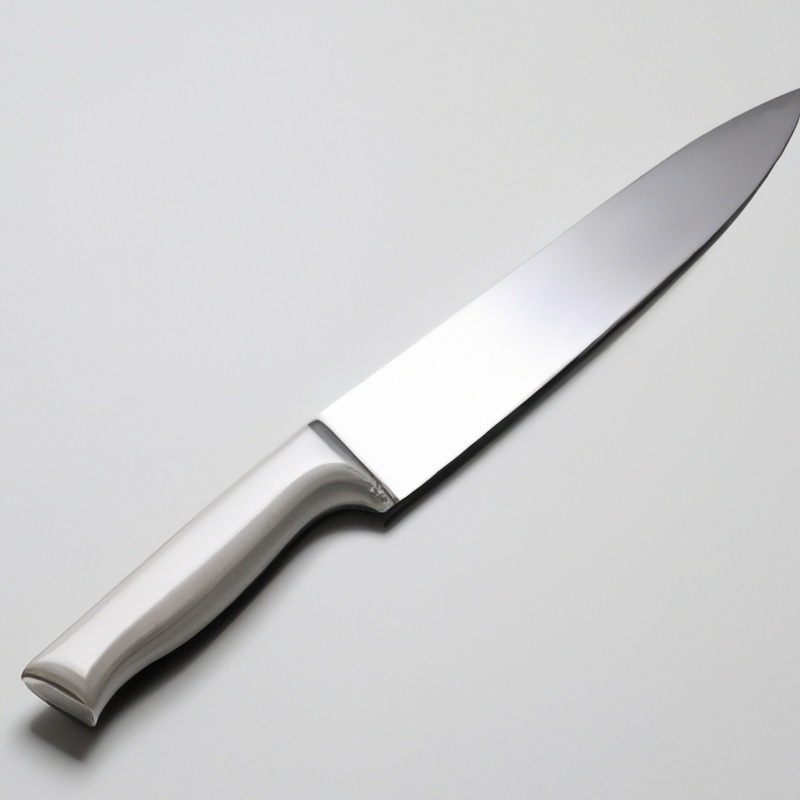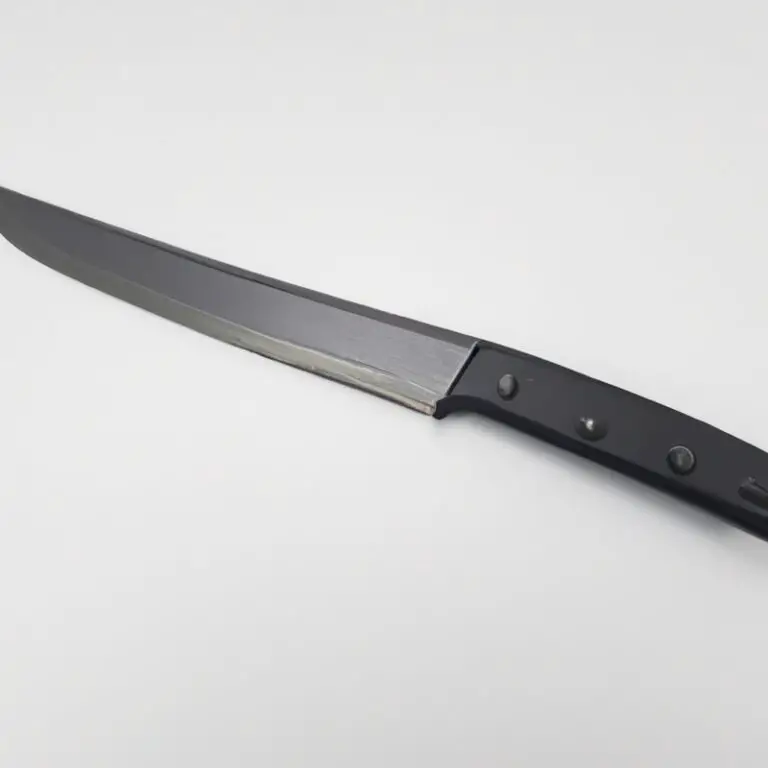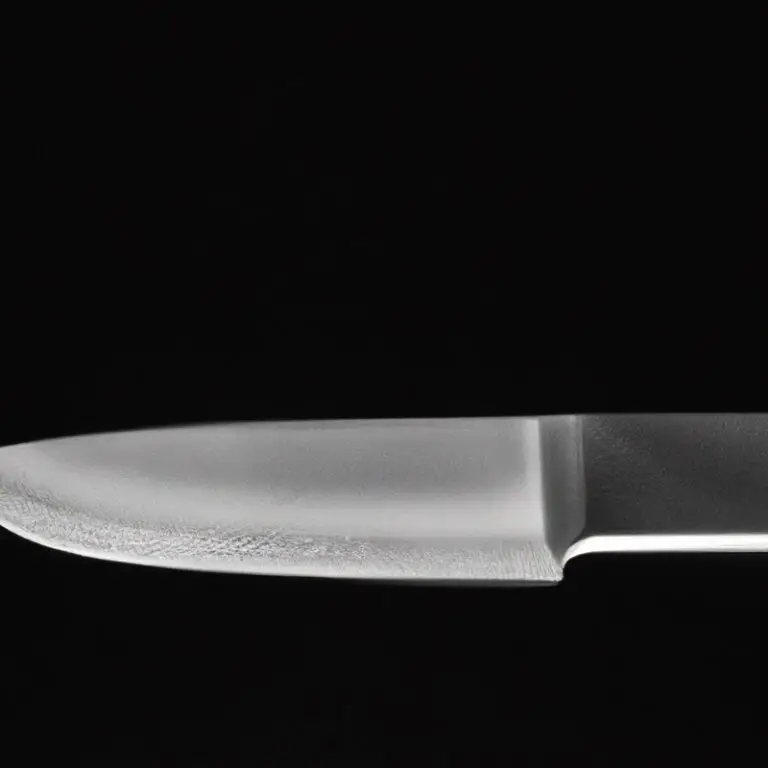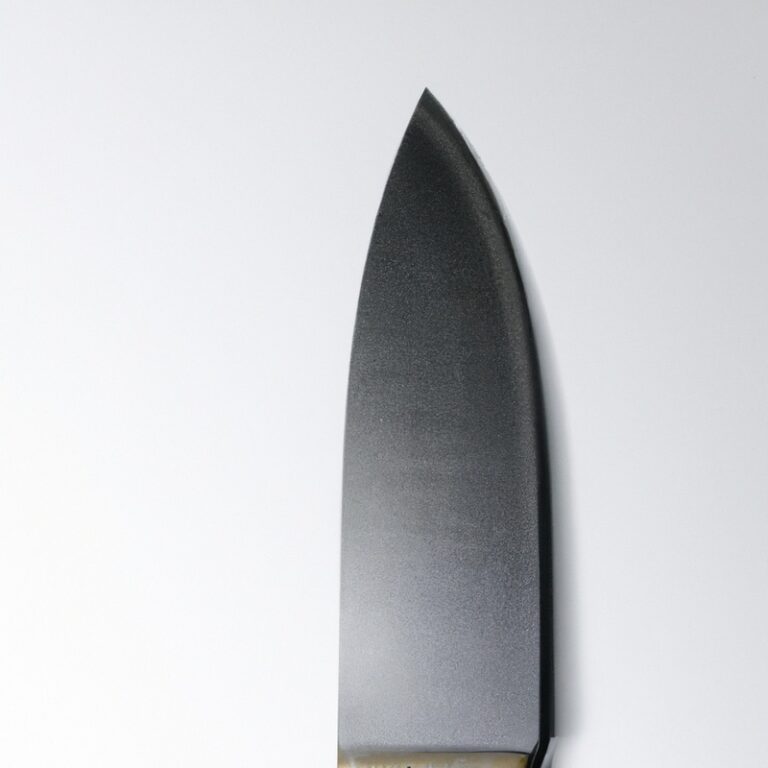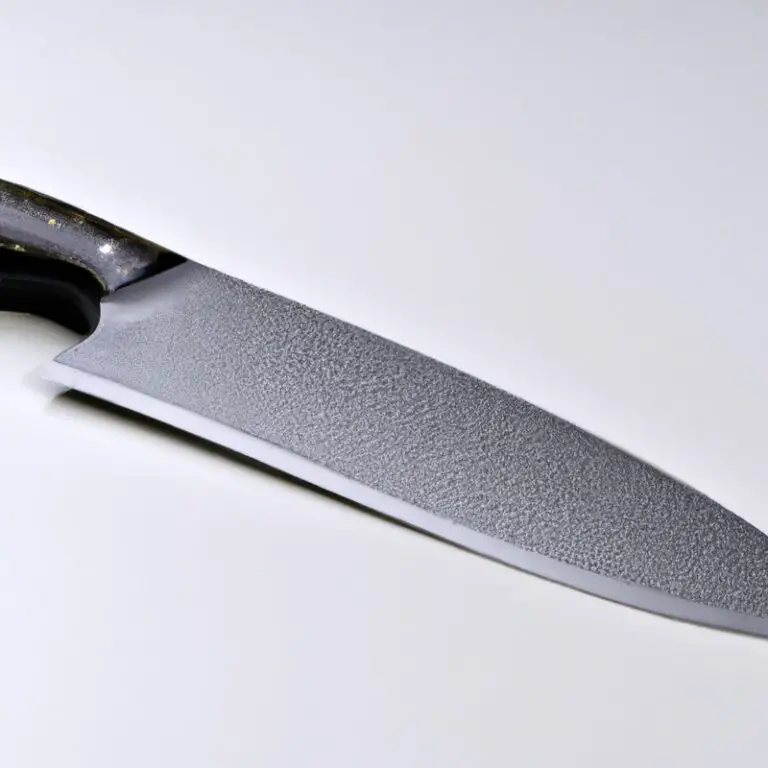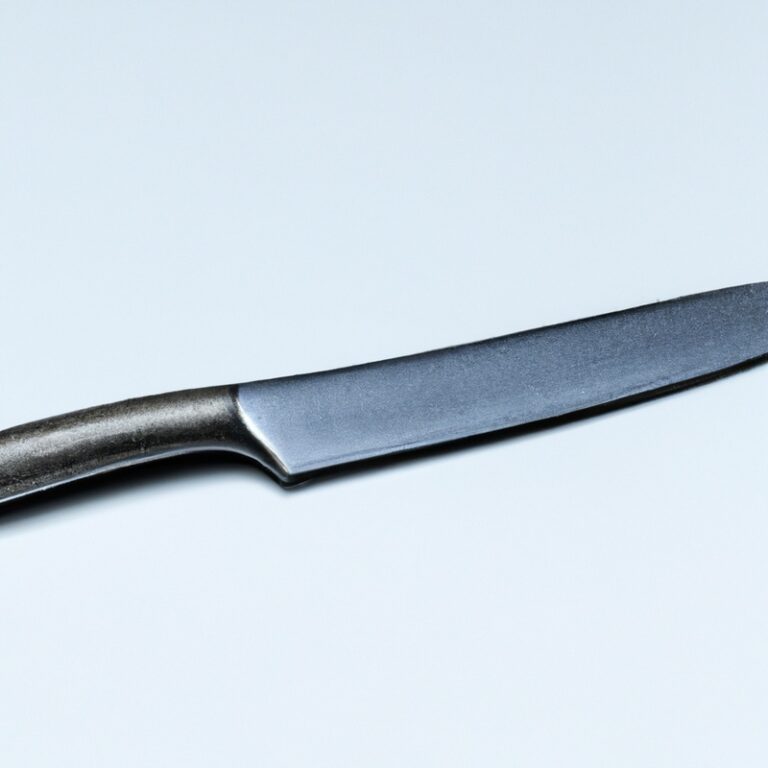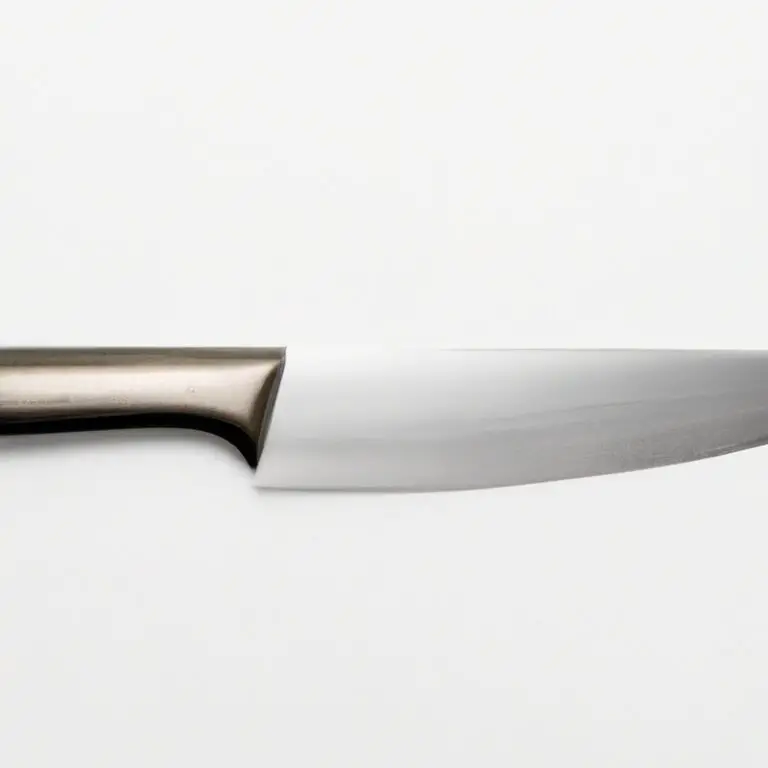What Are The Factors To Consider When Choosing a Gyuto Knife Handle? Explained
Key Takeaways:
- The handle of a Gyuto knife is a crucial factor that impacts both comfort and performance.
- The material, shape, and size of the handle should be chosen based on individual preferences and intended use.
- A comfortable grip and good balance are essential for efficient and safe cutting.
- Handles made of durable and moisture-resistant materials, such as wood or synthetic options, are recommended for longevity and hygiene.
When it comes to buying a Gyuto knife, choosing the right handle is just as important as selecting the blade itself. The right handle material can help prevent hand fatigue and offer better grip control, while the handle design can improve overall balance and weight distribution.
But what factors should you consider when choosing the best handle for your Gyuto knife?
From ergonomics and aesthetics to brand reputation and customized designs, let’s explore the essential factors you need to keep in mind to make a well-informed decision.
| Factor | Description |
|---|---|
| Handle Material | The material used for the handle affects the grip and comfort of the user. Common materials include wood, plastic, and metal. |
| Handle Shape | The shape of the handle should be comfortable for the user’s grip. Handles can have a Western-style (rounded and curved) or Japanese-style (straight and angled) shape. |
| Handle Length | The length of the handle should feel comfortable for the user’s hand size and the blade length. Longer handles provide more leverage, while shorter handles provide more control. |
| Balance | The balance of the knife depends on the weight distribution between the blade and handle. A balanced knife allows for better control and reduces fatigue during use. |
| Maintenance | The handle should be easy to clean and maintain to ensure the longevity of the knife. |
Handle Material: A Comprehensive Guide to Different Types of Gyuto Knife Handle Materials
Gyuto knife handles can be made from various materials, ranging from wood to metal to synthetic materials. Each material has its own unique benefits and drawbacks.
Wooden handles are popular due to their natural beauty and comfortable grip.
However, they require more maintenance than other materials and are susceptible to warping if not cared for properly. Metal handles are highly durable and easy to maintain, but can become slippery when wet and may not provide the same level of grip as other materials.
Synthetic materials like fiberglass and plastic can provide a comfortable and non-slip grip, while also being durable and easy to clean.
Ultimately, the choice of handle material will depend on personal preferences and intended use. It is important to carefully consider the pros and cons of each material before making a purchase decision.
Ergonomics: How to Choose a Gyuto Knife Handle that Fits Your Grip and Minimizes Fatigue
Choosing a Gyuto knife handle that fits your grip and minimizes fatigue is crucial for a comfortable and efficient experience. Here are some key factors to consider:
- Handle Shape: Look for a handle that conforms to your hand shape comfortably and provides a secure grip.
- Handle Size: Choose a handle that fits your hand size without causing strain or discomfort.
- Handle Material: Consider a handle material that provides a non-slip grip and is resistant to moisture and bacteria.
- Weight: Opt for a handle that balances the weight of the blade to reduce fatigue and increase control.
- Finger Guard: Look for a handle with a finger guard to prevent your hand from slipping onto the blade.
By considering these factors and testing the grip before purchasing, you can find a Gyuto knife handle that suits your needs and minimizes fatigue during extended use.
Balance and Weight: Finding the Perfect Balance and Weight for Your Gyuto Knife Handle
The balance and weight of your Gyuto knife handle are crucial factors to consider when choosing a knife. The handle’s weight distribution and balance point affect the knife’s maneuverability, control, and cutting performance.
A well-balanced knife handle allows for comfortable and precise cutting, reducing fatigue and wrist strain.
To find the perfect balance and weight for your Gyuto knife handle, start by holding the knife and assessing its weight distribution. The handle should feel comfortable and balanced in your hand, with no noticeable heaviness or lightness in any particular area.
If the knife feels unbalanced, it may be difficult to control and use efficiently.
Various handle materials can affect the weight and balance of your knife. For instance, heavier materials like metal and wood can result in a more substantial handle, while lighter materials like carbon fiber can lead to a lighter handle.
You should consider what benefits or downsides each handle material offers for balance and weight and then choose the one that fits your needs.
Finally, consider the knife’s intended use when selecting its weight and balance. A heavier knife may be better for slicing tougher ingredients like meats, but a lighter knife may be more suitable for detail-oriented tasks that require more precise cuts.
Finding the perfect balance and weight for your Gyuto knife handle enhances your cooking experience, reducing fatigue and wrist strain.
Consider your handle material, intended use, and weight distribution to choose a well-balanced knife that suits your needs.
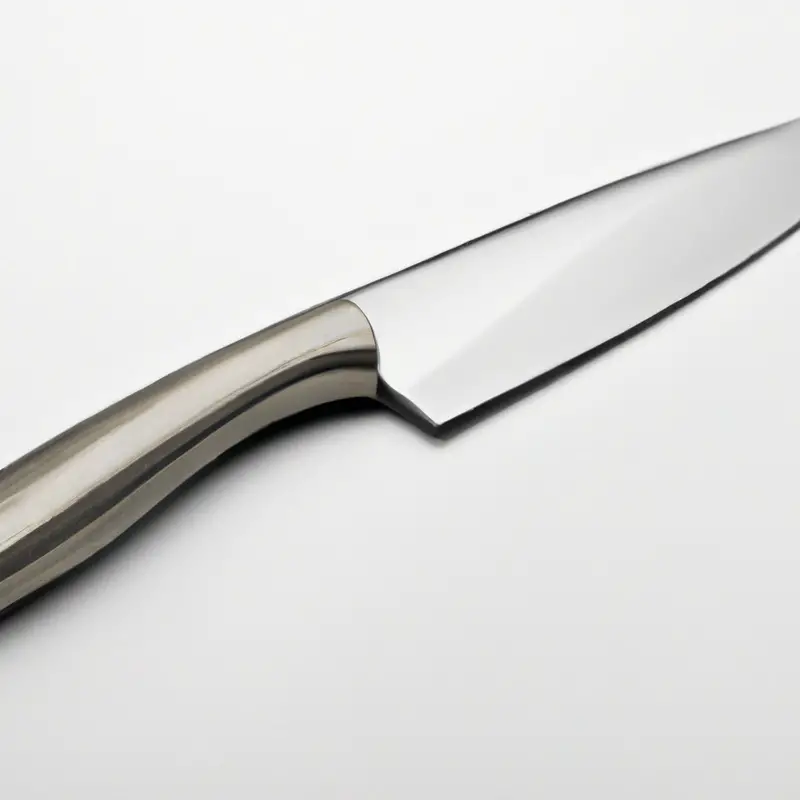
Aesthetics: Balancing Form and Function with the Appearance of Your Gyuto Knife Handle
The appearance of your Gyuto knife handle is an important consideration when choosing a knife. Aesthetics play an essential role in creating a uniqueness, personalization and distinctiveness to your knife.
While aesthetics may seem like a secondary consideration, the appearance of your Gyuto knife handle can have a significant impact on your overall satisfaction and enjoyment of your knife.
A well-crafted handle not only adds to the visual appeal but also enhances grip, comfort, and usability whilst working with your knife. Therefore, it is essential to balance form and function when choosing a Gyuto knife handle that complements the overall design of the knife while serving practical needs.
Factors such as handle shape, material, texture, and finish all contribute to the aesthetics of a Gyuto knife handle.
Choose a handle that caters to your needs, whether it’s a smooth wooden surface, a textured grip, or a glossy finish. Remember, a well-maintained handle boosts the aesthetics of your knife whilst providing an added layer of comfort for efficient work.
Maintenance: Tips for Maintaining Your Gyuto Knife Handle to Prolong Its Lifespan
Maintaining a Gyuto knife handle is crucial to prolong its lifespan. Here are some tips to keep it in top condition:
- Clean your handle after each use with a damp cloth and mild soap.
- Dry thoroughly to prevent water damage.
- Avoid prolonged exposure to extreme temperatures, such as leaving it in direct sunlight.
- Apply a protective coating, such as mineral oil or bee wax, to prevent moisture from seeping in.
- Store your knife in a protective sheath or knife block to prevent any damage.
Following these tips will help to ensure your Gyuto knife handle stays in excellent condition for years to come.
Cost vs. Quality: How to Strike the Right Balance between Quality and Budget for Your Gyuto Knife Handle
When choosing a Gyuto knife handle, it is essential to find the right balance between quality and budget. While higher-priced handles offer better materials and craftsmanship, it may not always fit into our budget.
On the other hand, a cheaper handle may save money but could sacrifice on quality.
It is important to research and compare different options to find the best balance between quality and cost. Look for brands with proven quality and craftsmanship to ensure that you are getting your money’s worth.
Consider the materials used in the handle and weigh their durability, comfort, and maintenance requirements against the cost.
Another way to strike the right balance is to prioritize the features that matter most to you. For example, if you value comfort and grip, invest in a handle with an ergonomic design rather than expensive materials.
Alternatively, if you place a higher priority on aesthetics, you may choose to spend more on a visually appealing handle.
Ultimately, the right balance between cost and quality will depend on your personal preferences and needs. Take the time to research and weigh your options carefully to find the right balance that fits your budget and expectations.
Brand Reputation: Looking for the Best Gyuto Knife Handle from Reputable Brands with Proven Quality and Craftsmanship
When choosing a Gyuto knife handle, it’s important to consider the brand’s reputation for quality and craftsmanship. Stick to reputable brands that have a long-standing history of producing high-quality knives.
Research the manufacturer’s background, read reviews from other customers, and ensure that their materials and construction techniques are up to industry standards.
By investing in a trusted brand, you’re more likely to end up with a durable and long-lasting Gyuto knife handle.
Inspecting the Tang: The Importance of Inspecting the Tang When Choosing a Gyuto Knife Handle
Inspecting the tang of a Gyuto knife handle is crucial when choosing the right knife. The tang refers to the extension of the blade that goes into the handle.
A full tang offers better balance, stability and durability, while a partial tang or hidden tang may cause the handle to loosen or break over time.
To inspect the tang, look for visible clues, such as a visible line or bumps where the tang meets the handle, or lack of transparency in the handle material. You can also ask the seller or manufacturer about the tang type and construction.
A full tang that extends through the entire length of the handle is the most reliable and recommended option for a Gyuto knife.
It not only offers better control and efficiency but also ensures a longer lifespan for the knife. Therefore, always inspect the tang of a Gyuto knife handle before making a purchase to ensure that you get a knife that meets your expectations.
Handle Grip: Understanding Different Types of Grips to Enhance Your Performance When Using a Gyuto Knife Handle
A comfortable and secure grip on your gyuto knife handle is crucial for safe and efficient cutting. There are several handle grip options to choose from, including octagonal, Western, and D-shaped handles.
Each type has its unique characteristics and benefits, such as a comfortable grip for extended use or a secure grip for precision cutting.
It’s important to consider your hand size, cutting style, and personal preferences when choosing a handle grip. Experiment with different grip types to find the one that feels natural and comfortable in your hand, allowing you to focus on your technique and cutting task.
Ultimately, choosing the right handle grip can enhance your performance and make your gyuto knife a joy to use.
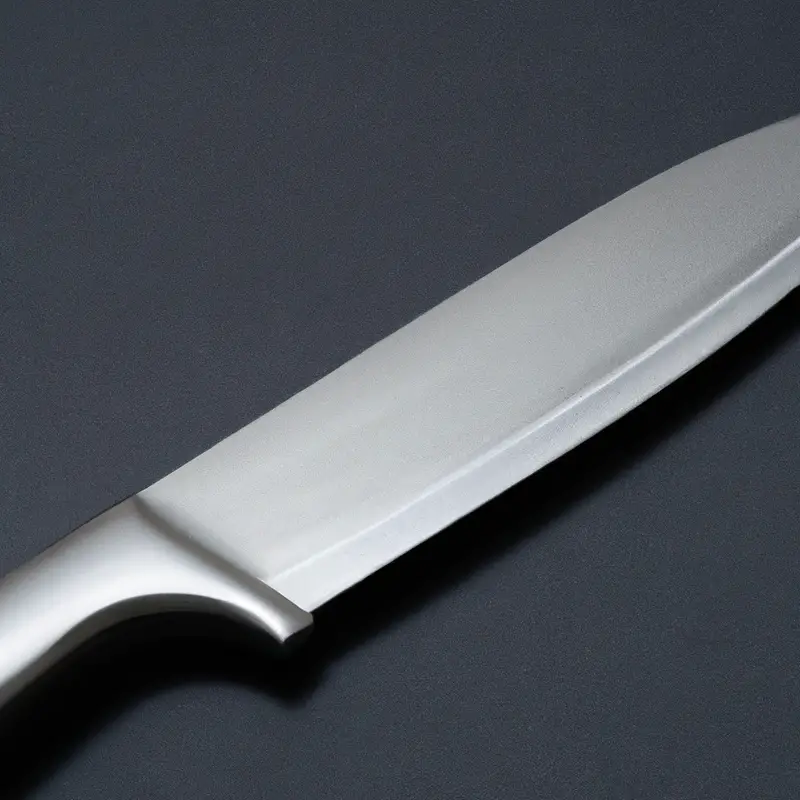
Customization: How to Customize Your Gyuto Knife Handle for a Unique and Personalized Knife Experience
One way to elevate your Gyuto knife experience is by customizing its handle. Here are some steps to follow when customizing your Gyuto knife handle:
- Choose the desired material: You’ll need to select a material that complements your knife’s blade and meets your functional requirements. Wood, synthetic, and metal are popular options for handle materials.
- Determine the handle shape: The shape of the handle will influence your grip and comfort while using the knife. You can choose a traditional handle shape or design your own to meet your unique needs.
- Sand and shape the handle: After selecting the material and shape, sand and shape the handle to achieve your desired finish and grip.
- Apply a finish: A finish will protect the handle from moisture and add an aesthetic touch to your knife. Oil, wax, and varnish are commonly used finishes.
- Add personalized touches: You can engrave the knife handle with your initials or add decorative elements to make your Gyuto knife truly unique.
Customizing your Gyuto knife handle may require some experimentation and patience but can result in a truly personalized and enjoyable knife experience.
Final Verdict
Choosing the right Gyuto knife handle for you can greatly enhance your cooking experience, allow for better performance, and prolong the lifespan of your knife. It’s important to consider factors such as handle material, ergonomics, balance and weight, aesthetics, maintenance, cost versus quality, brand reputation, tang inspection, handle grip, and customization to select the best possible option for you.
Making an informed decision based on these considerations will not only make your cooking more efficient but also ensure the longevity of your investment.
With this comprehensive guide to Gyuto knife handle selection, you are now equipped with the knowledge to choose the perfect handle that suits your needs and preferences. Remember to always prioritize quality, functionality, and comfort to maximize your cooking experience.

